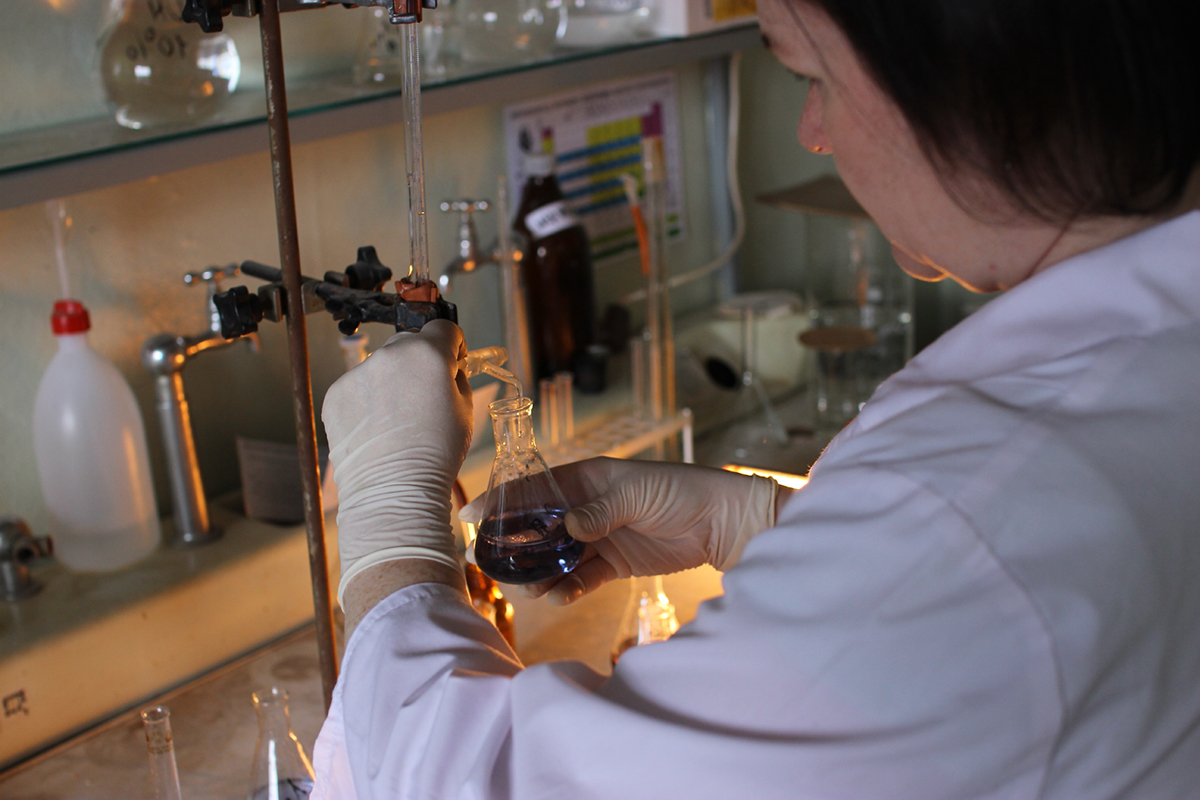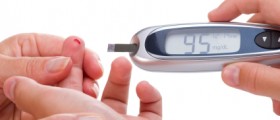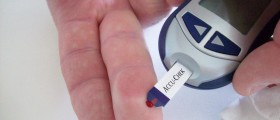Diabetic Ketoacidosis and Causes
Diabetic ketoacidosis is the name given to the very serious condition that occurs as one of the results of diabetes. Ketoacidosis appears when the body produces high amounts of ketones, which are blood acids. This disorder occurs as a consequence of the little insulin in the body. Glucose is the chief source of energy for the body, while insulin has the role of assisting sugar to penetrate cells of the muscles and tissues of the body.
In the case when there is a lack of insulin, the body disintegrates the fat, thus producing ketones which are toxic acids in the blood. If this condition is not treated on time, it can progress to diabetic ketoacidosis.

The most common causes for the occurrence of diabetic ketoacidosis are some illnesses, such as pneumonia and urinary tract infections, stress, high fever, as well as heart attack or stroke. Moreover, physical or emotional trauma and the use of drugs and alcohol are also some of the causes of this disease.
Symptoms of Diabetic Ketoacidosis
Ketoacidosis has many signs and symptoms that can appear very quickly. The most frequent symptoms are excessive thirst, loss of appetite, and abdominal pain. Furthermore, nausea, vomiting, fatigue, and even confusion may appear when the person suffers from ketoacidosis. There are cases where frequent urination, shortness of breath, and fruity-smelled breath are present as the symptoms of this disorder. High level of blood sugar and high level of ketones in the urine are two certain signs of diabetic ketoacidosis.
If the person notices some of these symptoms, it is important to visit the doctor to treat the disorder on time. To treat diabetic ketoacidosis, the doctors usually prescribe insulin and electrolytes. The most common electrolytes that are used for this disease are sodium, potassium, and chloride.
Complications of Diabetic Ketoacidosis
Untreated diabetic ketoacidosis can lead to very serious complications that can be even life-threatening, such as hypoglycemia, hypokalemia, and cerebral edema.
Hypoglycemia is the medical term for low blood sugar, which occurs when the blood sugar level falls abruptly. Hypokalemia is the medical term for low potassium, which may appear as the consequence of the electrolytes or insulin that are used in the treatment of ketoacidosis. The low potassium, furthermore, can cause some heart irregularities or problems with the functioning of muscles and nerves.
Moreover, cerebral edema, which is the medical term for the swelling in the brain, is also one of the serious complications that untreated diabetic ketoacidosis may induce. This problem occurs as a result of regulating the level of blood sugar too rapidly. This condition is the most frequent in children. Diabetic ketoacidosis, in some cases, may even lead to the loss of consciousness, and thus it is crucial to be treated promptly.
- In industrialized countries, its mortality rate ranges from 2 to 5%, but in underdeveloped nations, it ranges from 6 to 24%. Therefore, it is always lethal if misdiagnosed or improperly treated.
- According to specific research, DKA can be present at the time of type 1 diabetes onset in 25 to 30% of cases and in 4 to 29% of young people with type 2 diabetes mellitus, and its features include hyperglycemia, metabolic acidosis, and ketosis with its triggering factors commonly being infections, newly discovered diabetes, and failure to start insulin therapy.
- Less than 20% of DKA patients present comatose, and patients with different levels of consciousness can present at other times. A close association between abnormalities found during a mental status evaluation and osmolality seems to exist.
- Hospital admission is necessary for vigorous intravenous fluid therapy, insulin therapy, electrolyte replacement, diagnosis and treatment of the underlying triggers, and routine monitoring of the patient’s clinical and laboratory conditions to manage DKA properly.

















Your thoughts on this
Loading...